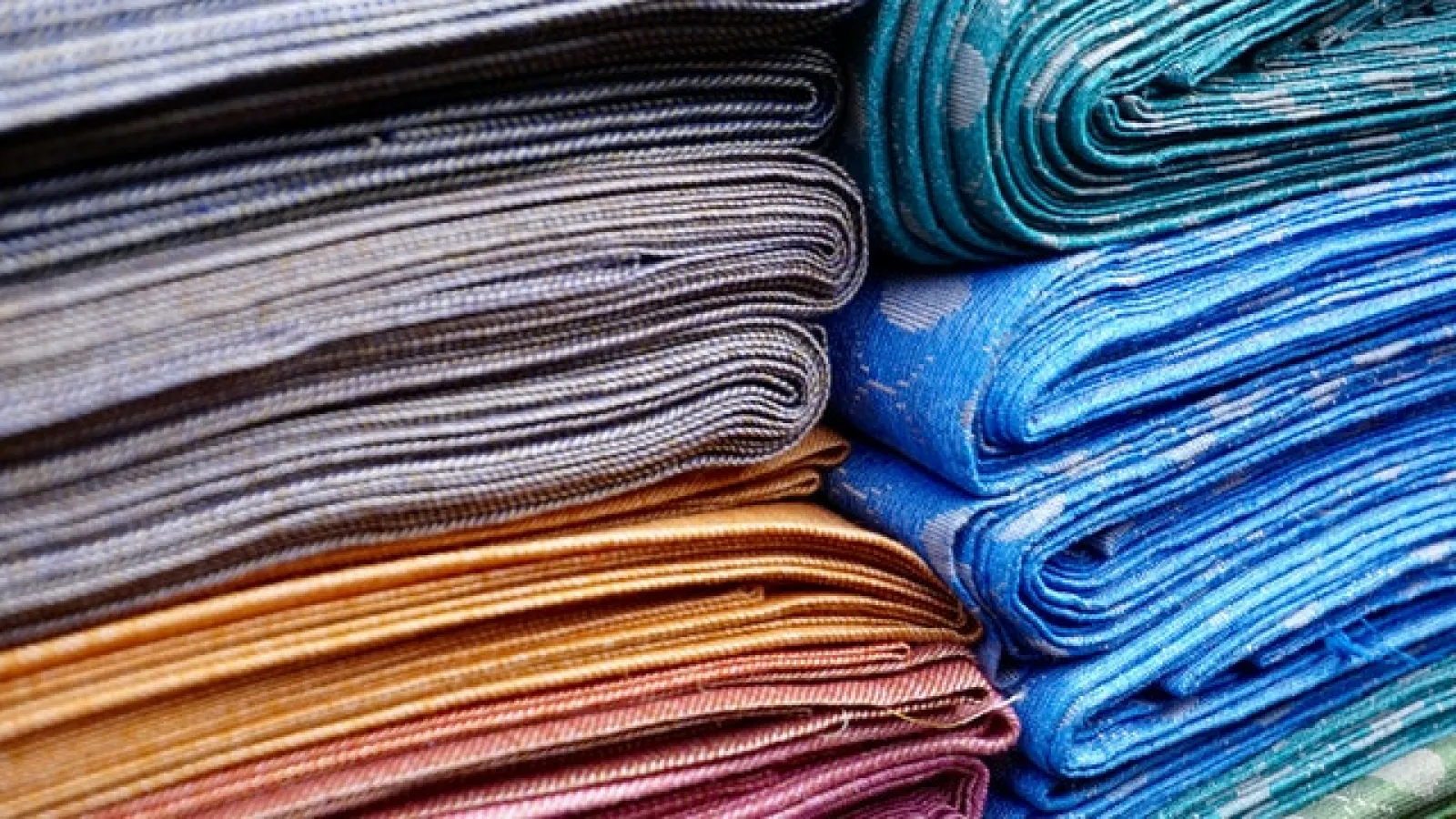
Not all fabrics are created equal. The way a garment is constructed plays a major role in its cleanability and impacts its use in wear. Here are three extreme examples of higher maintenance clothing items and how to make them last longer and look their best.
Special Care for Silk & Rayon
Silk and rayon are two widely used fibers in men’s and women’s apparel. In today’s markets, these fabrics can be seen in high-end designer wear, as well as casualwear. Both fibers may be dyed various colors, from the darkest black to brilliant reds, fuchsia, and yellow.
Follow the tips below to make sure your silk and rayon items retain their luster for the fullest extent of time possible.
For best results, follow the care label on your silks and rayons. Don’t dry clean your “washable” silk and rayons, unless the care label specifies that dry cleaning also is acceptable.
Have all parts of an outfit cleaned at the same time to maintain a uniform appearance.
Never use bleach-it permanently damages silk.
Allow perfume, deodorant, and hair spray to dry before dressing and remove spills from alcoholic beverages as quickly as
possible. Alcohol can cause dye bleeding and discoloration.
Use caution with household products. Alkaline products such as facial soaps, shampoos, detergents, and even toothpastes can cause color loss or change on silk. If contact occurs, talk to your dry cleaner promptly about the possibility of restoration.
Store your garments in closets or away from light sources. Most colors used on silk and rayon fabrics can eventually fade from such exposure. Natural light and electric lights are equal color killers.
Fashion or a Pain in the Necktie?
Neckties are both a fashion statement for men and a problem for cleaners. The fabric used for ties is cut diagonally to the weave, or “on the bias,” so it makes a neat knot when worn around the neck.
Unfortunately, this type of cut is easily distorted or stretched, causing puckering and fullness. In many instances, sizing or finishes are used during manufacturing to stabilize fabrics. If the finish is removed in cleaning, the fabric will lose its shape and stability. In the case of ties, this makes it nearly impossible to return the necktie to a wearable condition.
Sometimes a tie doubles as a bib and collects a variety of stains. Most tie stains require water to remove them. In many cases, the dyes are also affected by water, leading to problems when it comes time to tackle a tough stain. Attempts to remove the stains will likely disturb the dyes.
The several layers used to make neckties prevent quick drying of any particular area. The typical solution is to take the tie apart to work on only one layer at a time, but this can also cause distortions because of the bias cut.
Visit or call your local Lapels to learn more about our services.
